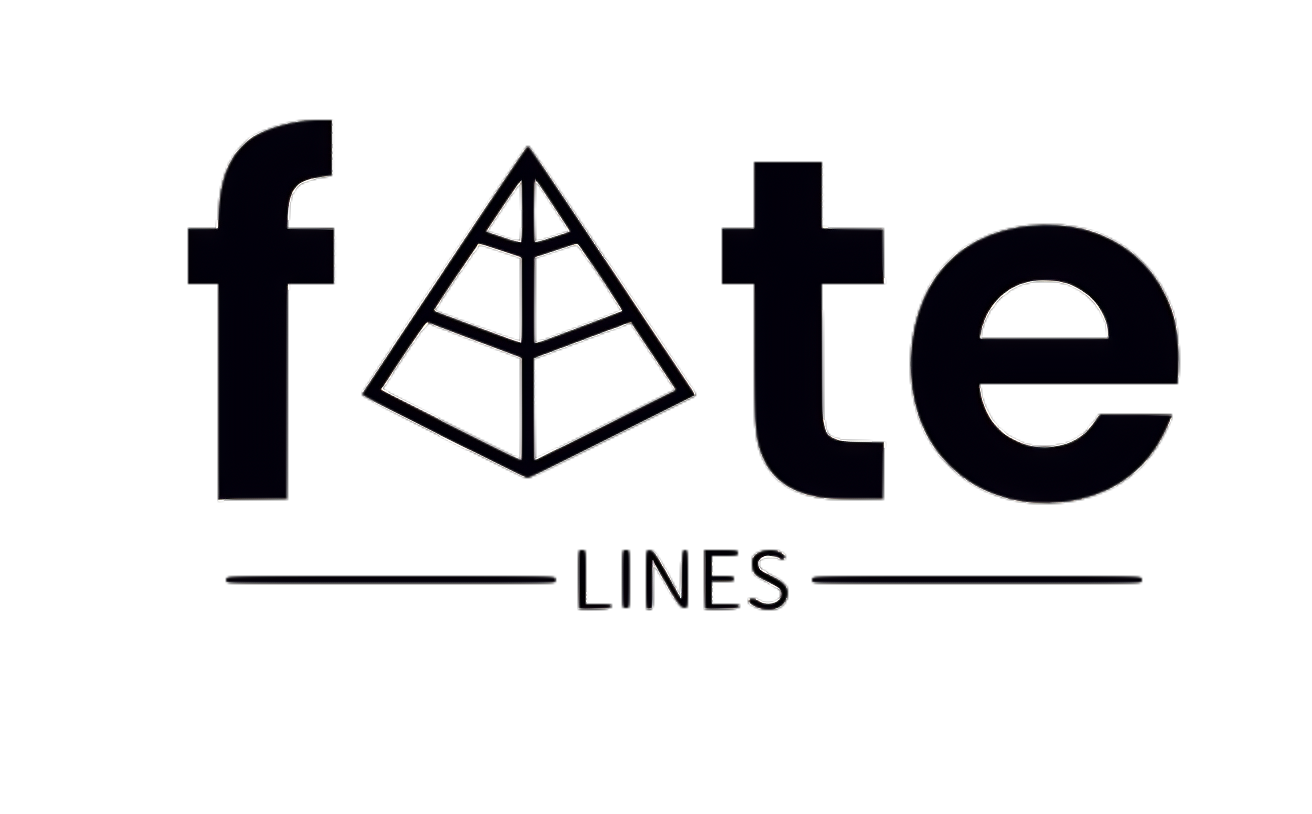La Llorona: A Haunting Tale from Mexican Folklore
If you happen upon a weeping woman by the banks of the Rio Grande at night, heed caution; she could be La Llorona, a perilous figure in Mexican folklore. Local legends tell the story of her tragic demise, attributing her inability to move on to the grievous act of taking her own children’s lives. Various iterations of her tale exist: in one, she succumbed to desperation stemming from poverty, while another recounts a fit of rage that followed discovering her husband with a lover. In some versions, it is said that she drowned her illegitimate offspring, fearing their father would claim them.
Though the motives behind her actions differ among stories, the common thread remains consistent: her children perished at her hands, and now she wanders the realm of the living in search of them. Many accounts suggest that La Llorona drowned herself in despair, resulting in her eternal haunting while dressed in a soaked, white gown. She is often depicted as having had relations with a wealthy Spanish man, bearing children as a result—this detail is thought to stem from a pre-Columbian narrative. Her continuous crying lends her the name, which translates to “the crying woman.”
Some narratives propose that La Llorona is the spirit of Malinalli Tenepal, the native concubine and advisor to Hernán Cortés, who allegedly murdered their son Martín in sorrow when Hernán abandoned her for a Spanish bride. However, this claim has been disputed since historical accounts indicate that Martín Cortés lived long after these events.
The Machine Elves: Modern Folklore’s Intriguing Beings
Now shifting focus to a different tale: the machine elves. Some might consider this modern narrative a contemporary form of folklore. Terence McKenna, a mystic and advocate for psychedelic exploration, described these creature-like entities encountered during DMT experiences. Labelled as “self-transforming vibrating elves,” they are believed to exist in a higher dimension beyond human understanding.
Although the notion may sound fantastical—sometimes dismissed as a quirk of human psychology akin to the imagery witnessed during sleep paralysis—certain conspiracy theorists attribute profound significance to these beings, suggesting they appear only under the influence of psychedelic substances. McKenna claims they inhabit a vast dome-shaped space underground, where they possess the unique ability to create through language.
Some enthusiasts even propagate the idea that ancient Native American shamans communicated with these beings, while others skew the narrative to align with biblical interpretations. The creatures are referred to as “fractal elves” or “jennies,” with some believing they serve as guardians of reality itself. A peculiar theory suggests that these beings might actually represent our enlightened selves from a higher existence. Regardless of the absurdity, the concept offers rich potential as a plot element in a fantasy narrative.
The Tatzelwurm: Alpine Legends
In the Alpine regions of Europe, folklore speaks of a bizarre lizard-like creature known as the Tatzelwurm. It possesses the head of a cat, armed with venomous fangs, and a serpentine body that may exhibit multiple legs, resembling that of a caterpillar, all covered in fur. Johann Wyss cast doubt on its existence, contrasting it with dragons, which he deemed non-real entities.
He documented two distinct variants of the Tatzelwurm: one dark and common, the other pale with a tiny crown adorning its head. Locals say that hearing its hissing sound could indicate their proximity. To ward off these creatures from pilfering milk, it’s believed that placing a white rooster near livestock might prove effective.
The Hapun: Belarusian Bogeyman
Every culture has its bogeyman, a monstrous entity designed to instill fear in the hearts of children and deter disobedience. In Belarusian myth, this figure is embodied by the Hapun, an old man sporting a long beard and often depicted with wings. Hapun is said to soar through the skies, capturing misbehaving kids in a large sack.
With the ability to vanish at will, the Hapun becomes a mysterious figure against whom children can hardly defend themselves. Those unfortunate enough to fall into his domain are taken to a swampy forest where they endure torment until transforming into new Hapus themselves, perpetuating the cycle. Furthermore, legends occasionally state that he abducts individuals of Jewish descent—an unsettling aspect of his character.
The Manananggal: A Philippine Creature
The Manananggal, a nightmarish being from Philippine lore, seeks out expectant mothers to consume the hearts and blood of their unborn offspring. This ghastly creature is distinctive for its ability to split into two parts: an upper body that flies in search of victims and a lower torso that remains stationary and vulnerable.
Should one encounter the lower half of a Manananggal, employing salt, ash, or garlic can prevent the demon from rejoining its two components before daybreak, resulting in its defeat. Various tales suggest that the creature also has an aversion to holy water, hinting at potential methods to ward it off.
The Vrykolakas: Greek Folklore’s Undead
The Vrykolakas, an undead entity from Greek and Salento lore dating back to the 15th century, diverges from typical vampire legends due to its peculiar feeding habits; it consumes the liver instead of draining blood. Similar to conventional vampires, these beings must possess permission to enter a home and will knock on doors calling out the resident’s name. A response invariably ends in death and a subsequent transformation into a vrykolakas.
Emerging from the graves of excommunicated individuals, these creatures are known for their mischievous antics, such as extinguishing lamps. Exhumation followed by cremation is suggested as the remedy for dealing with vrykolakas, as conventional weapons and holy water have proven ineffective in the past.
The Yuki-Onna: Japanese Snow Spirit
In Japanese folklore, Yuki-Onna is a chilling spirit existing in snowy landscapes, known to freeze unsuspecting travelers to death with but a breath. Some tales suggest that if she encounters a young and handsome man, she may spare him with a warning.
An intriguing layer adds that she could later appear in human form to propose marriage, ultimately living a seemingly normal life yet revealing her otherworldly essence by remaining ageless. The creature has been documented with hairy hands, illustrating her non-human nature, and has influenced elements in modern media, such as the character designs seen in Pokémon.
The Anu Sinom: Hopi Anthology
In Hopi mythology, the Anu Sinom represent benevolent ant people. According to the lore, they assisted humanity through catastrophic cycles of creation and destruction. The great sky god Sotuknang guided humans to these subterranean beings who aided them in surviving great floods by providing shelter and sustenance.
Despite some modern theories claiming the Anu Sinom may be extraterrestrial life forms linked to various mythical tales, they are often described as nurturing and charitable beings, with physical characteristics reminiscent of humans but often depicted with six fingers.
Conclusions
From the sorrowful wail of La Llorona to the intriguing nature of machine elves, countless mythologies and folklore have shaped the narratives we share. These tales captivate the imagination and invite exploration of our cultural heritage, reflecting moral lessons, fears, and the human longing for understanding.



